V. B. S. Prasath
On Convergent Finite Difference Schemes for Variational - PDE Based Image Processing
Sep 16, 2013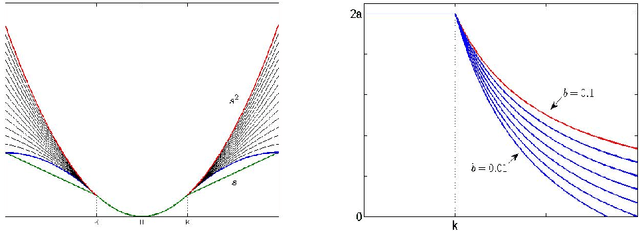
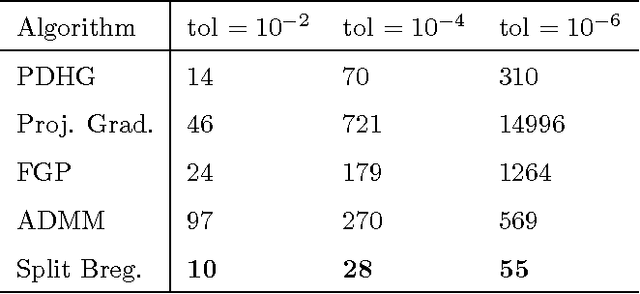


Abstract:We study an adaptive anisotropic Huber functional based image restoration scheme. By using a combination of L2-L1 regularization functions, an adaptive Huber functional based energy minimization model provides denoising with edge preservation in noisy digital images. We study a convergent finite difference scheme based on continuous piecewise linear functions and use a variable splitting scheme, namely the Split Bregman, to obtain the discrete minimizer. Experimental results are given in image denoising and comparison with additive operator splitting, dual fixed point, and projected gradient schemes illustrate that the best convergence rates are obtained for our algorithm.
* 23 pages, 12 figures, 2 tables
Robust Periocular Recognition By Fusing Sparse Representations of Color and Geometry Information
Sep 11, 2013

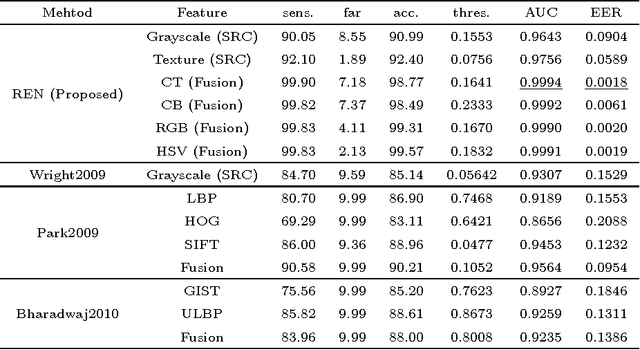

Abstract:In this paper, we propose a re-weighted elastic net (REN) model for biometric recognition. The new model is applied to data separated into geometric and color spatial components. The geometric information is extracted using a fast cartoon - texture decomposition model based on a dual formulation of the total variation norm allowing us to carry information about the overall geometry of images. Color components are defined using linear and nonlinear color spaces, namely the red-green-blue (RGB), chromaticity-brightness (CB) and hue-saturation-value (HSV). Next, according to a Bayesian fusion-scheme, sparse representations for classification purposes are obtained. The scheme is numerically solved using a gradient projection (GP) algorithm. In the empirical validation of the proposed model, we have chosen the periocular region, which is an emerging trait known for its robustness against low quality data. Our results were obtained in the publicly available UBIRIS.v2 data set and show consistent improvements in recognition effectiveness when compared to related state-of-the-art techniques.
Radar shadow detection in SAR images using DEM and projections
Sep 07, 2013



Abstract:Synthetic aperture radar (SAR) images are widely used in target recognition tasks nowadays. In this letter, we propose an automatic approach for radar shadow detection and extraction from SAR images utilizing geometric projections along with the digital elevation model (DEM) which corresponds to the given geo-referenced SAR image. First, the DEM is rotated into the radar geometry so that each row would match that of a radar line of sight. Next, we extract the shadow regions by processing row by row until the image is covered fully. We test the proposed shadow detection approach on different DEMs and a simulated 1D signals and 2D hills and volleys modeled by various variance based Gaussian functions. Experimental results indicate the proposed algorithm produces good results in detecting shadows in SAR images with high resolution.
* 10 pages, 6 figures
Brain MRI Segmentation with Fast and Globally Convex Multiphase Active Contours
Aug 28, 2013
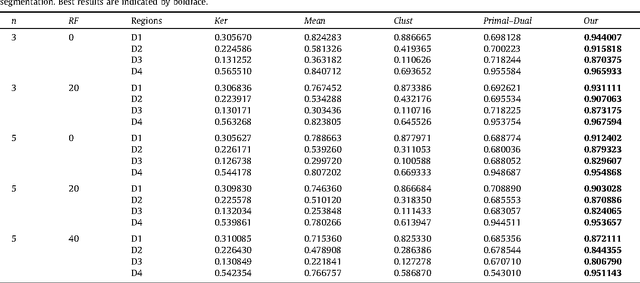
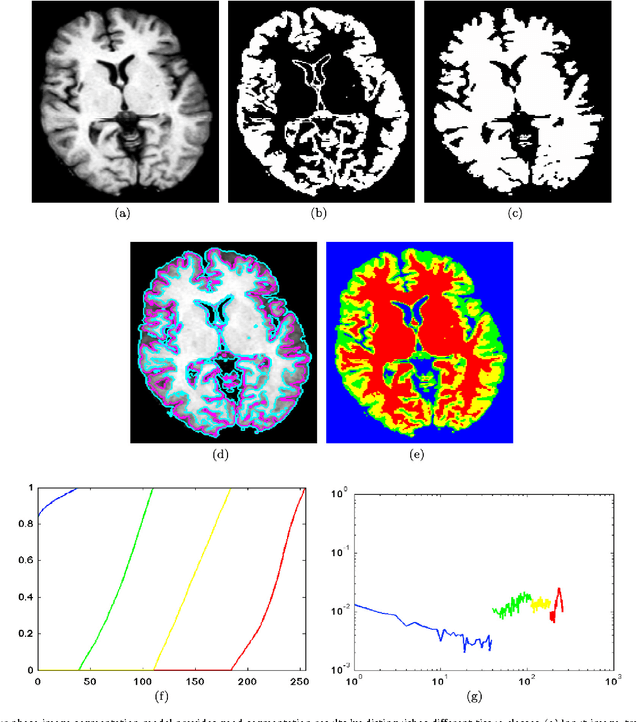
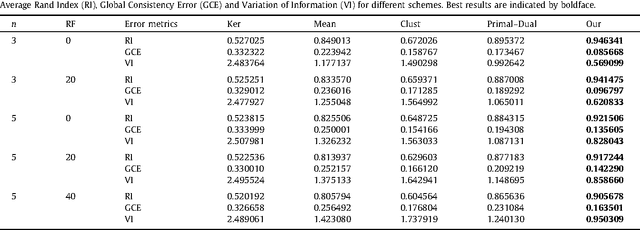
Abstract:Multiphase active contour based models are useful in identifying multiple regions with different characteristics such as the mean values of regions. This is relevant in brain magnetic resonance images (MRIs), allowing the differentiation of white matter against gray matter. We consider a well defined globally convex formulation of Vese and Chan multiphase active contour model for segmenting brain MRI images. A well-established theory and an efficient dual minimization scheme are thoroughly described which guarantees optimal solutions and provides stable segmentations. Moreover, under the dual minimization implementation our model perfectly describes disjoint regions by avoiding local minima solutions. Experimental results indicate that the proposed approach provides better accuracy than other related multiphase active contour algorithms even under severe noise, intensity inhomogeneities, and partial volume effects.
 Add to Chrome
Add to Chrome Add to Firefox
Add to Firefox Add to Edge
Add to Edge